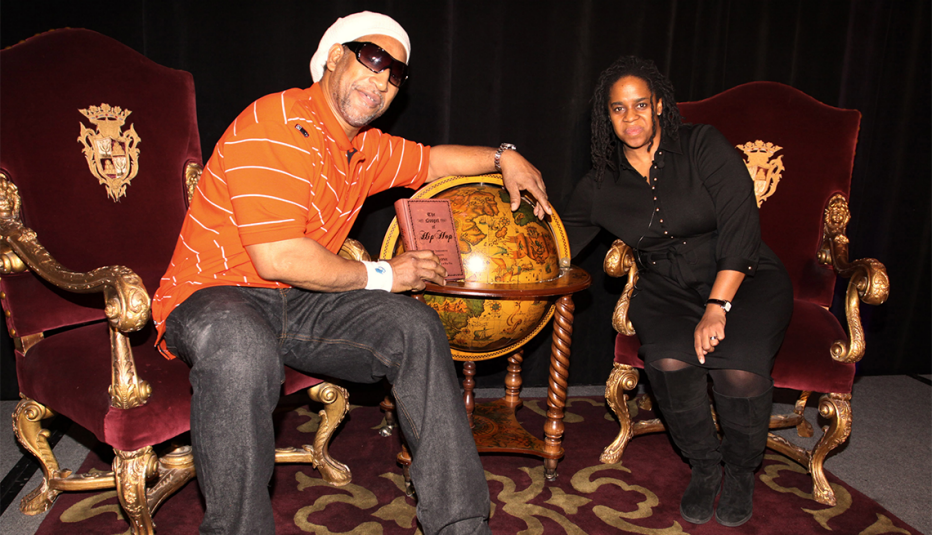AARP Hearing Center


Aug. 11, 1973. That was the night it all started. An 18-year-old Clive Campbell (aka DJ Kool Herc) held a party in the recreation room of the apartment building at 1520 Sedgwick Ave. in the West Bronx. It cost 50 cents for boys to attend; 25 cents for girls. The profits, after the rec room’s rental cost, went to Herc’s younger sister, Cindy, to buy back-to-school clothes.
Herc’s innovative deejaying — isolating the rhythmic, instrumental section (the breakbeat) and using two copies of the same record to fade out of one and into another to extend those breaks — kept people on the dance floor. This single party is cited as the official birth of hip-hop.
The movement Herc spawned has grown into an industry that may be worth at least $20 billion today, according to some estimates. But what became of Herc, now 68?
For his first 12 years of life, Clive Campbell lived in Jamaica, and he wove his DJ skills and philosophy out of several Jamaican traditions. The most important was sound system parties, where DJs would set up in the courtyard shared by several public housing buildings and crank up the music to draw people out of their homes. He was also influenced by dub, a style of reggae that added distorting effects like echo and reverb to stretch songs into unfamiliar shapes, and by toasting, the Jamaican art of talking over an instrumental track.
In the Bronx, Herc eventually moved his DJ parties outside, and he became even more popular. He had an athletic build (hence the nickname, short for Hercules), and when Grandmaster Flash, a younger DJ, saw Herc in a Bronx park, he thought he looked like a superhero. “He was God,” DJ Jazzy Jay once said.
As hip-hop grew, and even as famous DJs and rappers kept honoring Herc as the originator, he largely faded into the background. At one of his shows in 1977, he was stabbed while trying to break up a fight. “It made me draw back into a little shell,” he told author Jeff Chang.
Today he rarely does interviews, and through his sister Cindy, he declined AARP’s request to speak with him. According to his website, Herc works as a “historian, consultant, technical advisor.”
When he’s been in the news, it’s often been because of personal difficulties. In 2011, he developed kidney stones but didn’t have the money to pay for surgery. A fundraising drive organized by his sister covered the costs. Five years later, he sued the HBO show Vinyl for using his name, voice and likeness without permission.
In one marker of how far hip-hop has come since 1973, Christie’s auctioned some of Herc’s possessions last year. The prestigious auction house raised $851,130 from the sale, including more than $200,000 just for the turntables, mixer, amp and speakers Herc used in his heyday.
But otherwise, not much is known about the life of this key figure. In 2019, he talked to the New York Times, not so much about music but rather about another passion — flying elaborate kites in a park along the East River. And in a 2022 interview, Herc reflected on the path hip-hop took, from Jamaican roots to a Bronx rec room to a universal art form: “Hip-hop is both an American immigrant story and a global story — it belongs to everybody.”



































































More From AARP
Celebrating 50 Years of Hip-Hop
What emerged from a simple party in 1973 has evolved into a global cultural movement
Ice-T Describes His Unique American Journey
From street hustler to rap icon to ‘Law & Order: SVU’ star
This Dancing Mom Became a Social Media Sensation
Marie Moring’s hip-hop how-to on TikTok helped save her dance studio